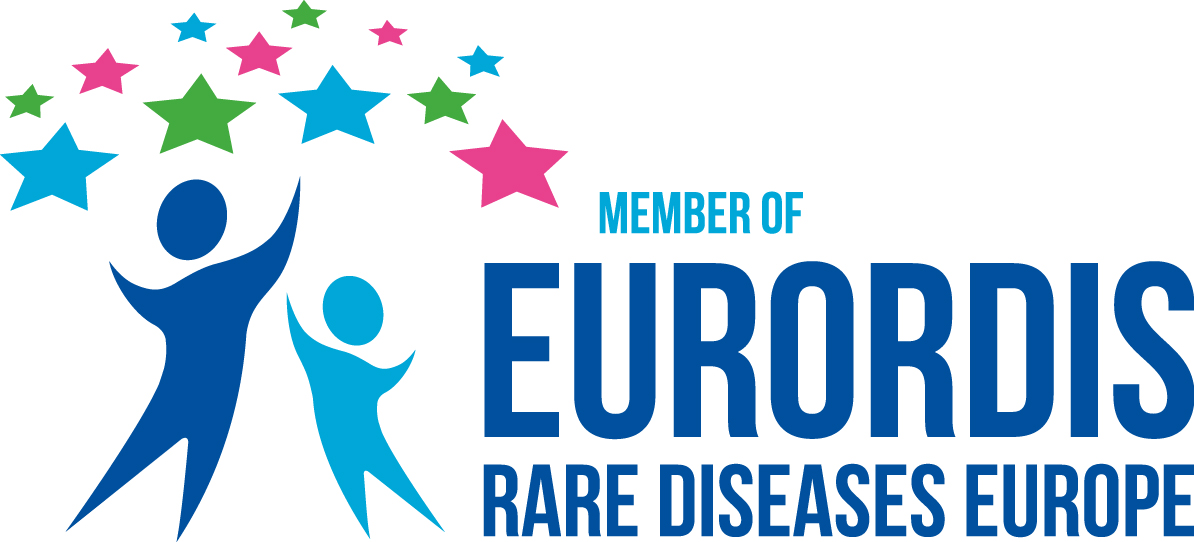Superficial Siderosis Pathophysiology

Koeppen AH., et al. Acta Neuropathol (2008) 116:371–382
Gross neuropathology of superficial siderosis. Cerebellar cortex (a, b), brain stem (a), eighth cranial nerve (VIII in b), spinal cord (c), and filum terminale (arrow in d) display a dark brown to orange color of variable intensity. Incrustation of the cerebellum is most severe in the upper vermis, the superior hemispheres, and the cortex surrounding the cerebellopontine angle (a and b). The facial and glossopharyngeal nerves (VII and IX, respectively, in b) do not show intense brown discoloration of the adjacent eighth nerve (VIII in b). Anterior and dorsal spinal roots (arrows in c), including those of the cauda equina (d), are also devoid of iron pigment. The cross-sectional areas of the siderotic spinal cord are abnormally small.
PATHOPHYSIOLOGY
Theoretically, hemosiderin should be neuroprotective by forming a barrier between neural tissue, cranial nerves, and free iron. Still, an early hypothesis (Koeppen et al., 1991) posited ferritin synthesis is somehow overwhelmed by Fe2+. iSS predominantly manifests radiologically in the infratentorial region. However, concurrent deposition may transpire in the supratentorial area of the cerebrum, brainstem, basilar cisterns, and spinal cord.
The pathophysiology of Infratentorial Superficial Siderosis (iSS) is underscored by an aberration within a minor population cohort characterized by the inability to manage heme products by sequestration within ferritin proteins effectively. Hemolysis-induced rupture of blood cells in the cerebral spinal fluid (CSF) of the central nervous system (CNS) generates a heme surplus that incites Bergman glia and microglial cells into the synthesis of Heme Oxygenase 1 (HO-1). This enzyme, a resident of the endoplasmic reticulum, orchestrates the oxidation of heme into biliverdin, free ferrous iron (Fe2+), and carbon monoxide.
Astrocytes secrete ferritin protein to contain Fe2+ molecules in a crucial biochemical step. Ferritin is pivotal in maintaining the reversible phase transition between Fe2+ (soluble) and Fe3+ (insoluble), which occurs within the protein. The CSF-circulated heme products culminate in superficial siderosis characterized by hemosiderin deposition on the macrophages, cortical sulci, cerebellar cortex, and pia mater. Further, Bergman glia and microglia in the cerebellar cortex serve as conduits for heme ingress into the tissue, which encourages ferritin biosynthesis and subsequent accumulation within the superficial astrocytic layer, oligodendrocytes in gray matter, and sub-ependymal tissue.
HO-1 up-regulation in the compartments generated by glial cells encircling neuronal terminals, which are integral to neuronal function, instigates a cascade of bioenergetics failure, pro-toxin bioactivation, macroautophagy, and formation of corpora amylacea. This is achieved by influencing iron metabolism and mitochondrial activity. The Fenton/Haber-Weiss reaction, under pathophysiological conditions, has noteworthy implications. Fe2+ engages with hydrogen peroxide to generate hydroxyl ion (OH−), the highly toxic and indiscriminate hydroxyl radical (OH•), and ferric iron (Fe3+).
The OH• radical is of considerable significance due to its indiscriminate nature and high oxidative toxicity. As mitochondria initiate the synthesis of adenosine triphosphate (ATP) through the glycolysis -> Krebs Cycle -> Electron Transport Chain (ETC) sequence via oxidative phosphorylation (OXPHOS), reactive oxygen species (ROS), such as superoxide radicals, are produced as by-products from the ETC. These superoxide radicals can extract Fe3+ from ferritin and Fe2+ from Iron-sulfur (Fe-S) clusters.


